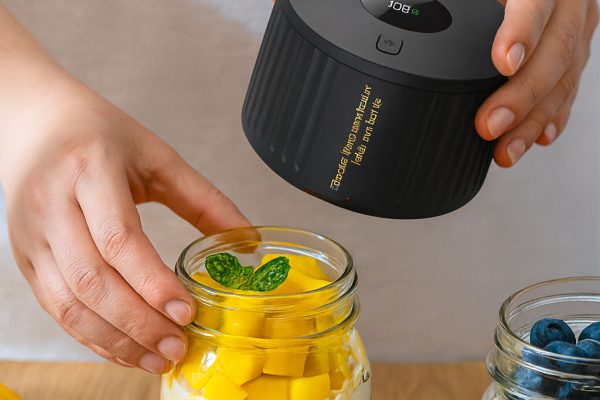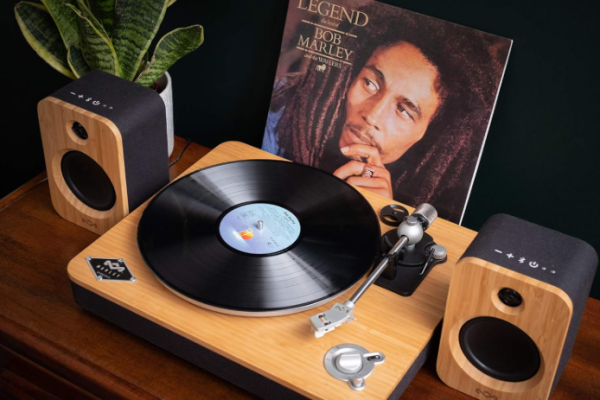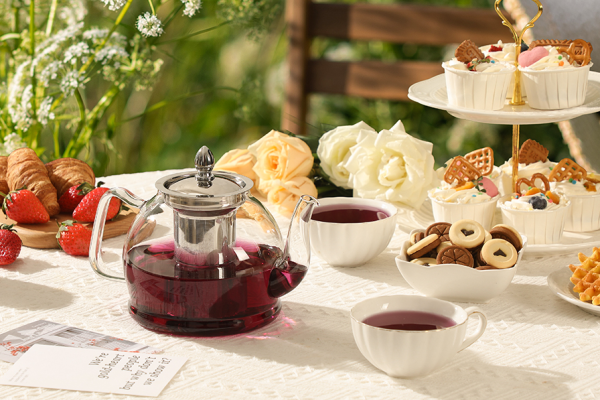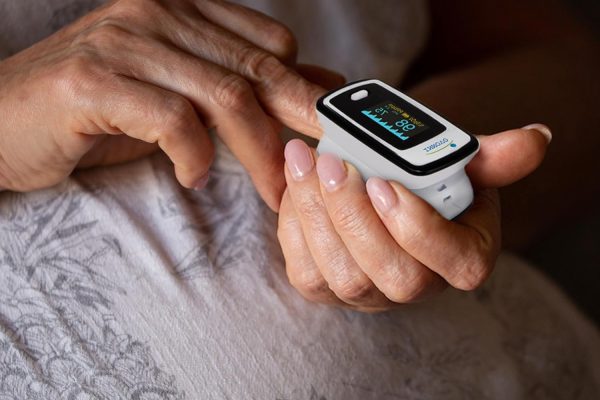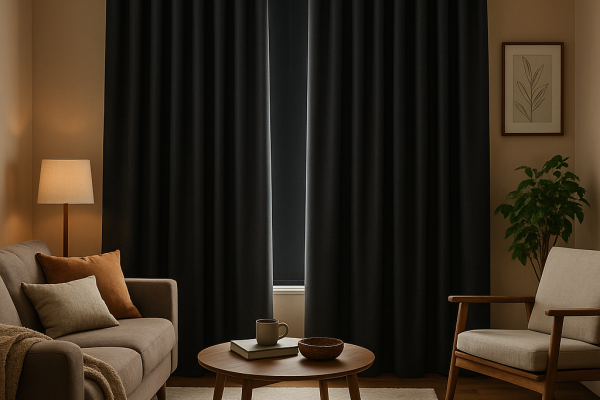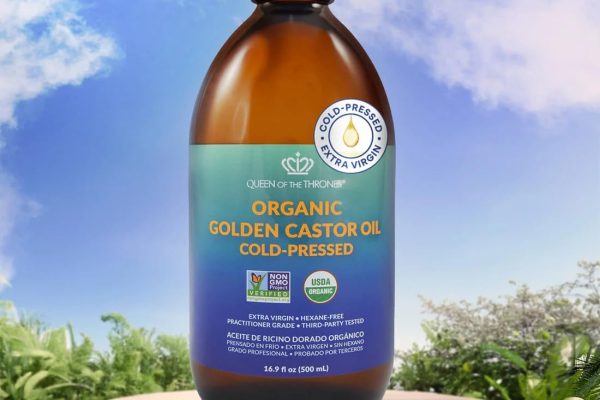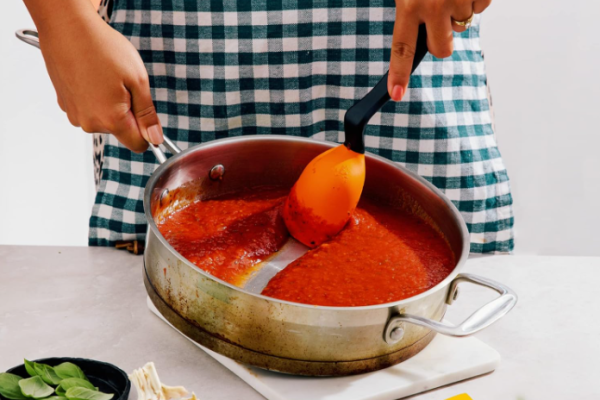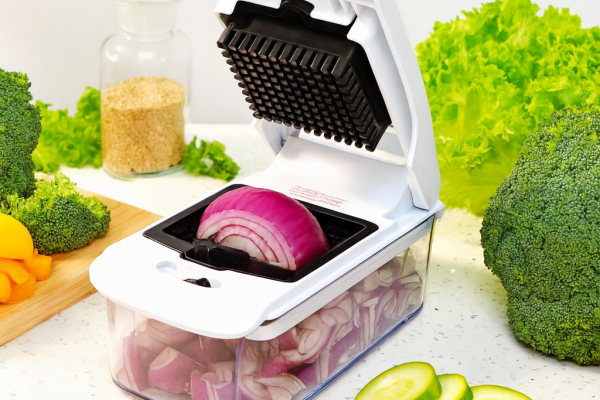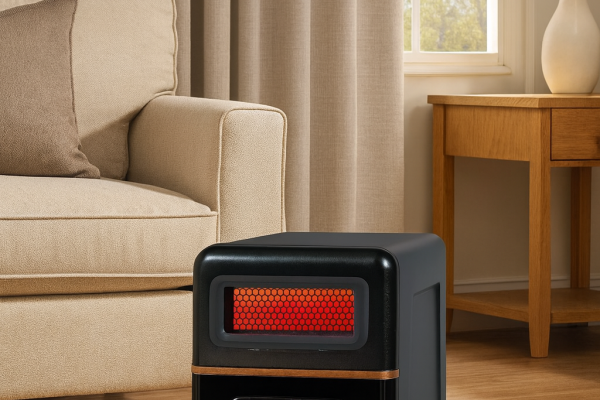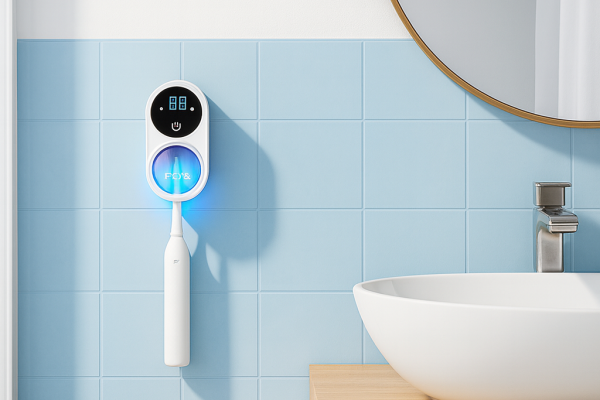It’s 95°F outside, your air conditioning is running overtime, and you’re dreading turning on the oven for dinner. Your kitchen becomes a furnace, your energy bill skyrockets, and meal preparation feels like a battle against the heat.
There’s a better way.
Solar oven cookers transform summer cooking from an energy-draining chore into an effortless, cost-free experience. These innovative devices harness the sun’s abundant energy to cook your meals outdoors while keeping your kitchen cool and your energy bills low.
What Is a Solar Oven Cooker?
A solar oven cooker is an ingenious device engineered to convert solar radiation directly into thermal energy for cooking food or heating liquids. Unlike conventional cooking methods that rely on gas, electricity, or firewood, solar ovens operate entirely on the sun’s free energy.
Think of it like a car parked in the sun with windows rolled up—the same heat-trapping principle that makes your car uncomfortably hot becomes the power source for perfectly cooked meals.
Why Summer Is Perfect for Solar Cooking
Summer conditions create the ideal environment for solar cooking success:
- Longer daylight hours provide extended cooking windows
- Higher sun angles deliver maximum solar energy
- Clear skies offer consistent, uninterrupted sunlight
- Warm ambient temperatures reduce energy needed to reach cooking temperatures
The Science Made Simple: How Solar Ovens Work

Solar ovens operate on three fundamental principles that work together to create cooking temperatures reaching 200-500°F:
1. Reflection
Highly reflective surfaces like polished mirrors or aluminum foil capture and direct maximum sunlight onto the cooking area. Quality reflective materials can achieve over 90% efficiency in bouncing sunlight exactly where you need it.
2. Absorption
Dark-colored surfaces, particularly black cooking pots and internal oven linings, convert light energy into heat energy. Black surfaces maximize energy absorption with well-designed coatings achieving absorptivity greater than 0.9.
3. Insulation
Multiple layers of insulating materials trap the generated heat inside the oven while a clear cover creates a greenhouse effect—allowing sunlight in while preventing heat from escaping.
Advanced Efficiency Features:
- Thermal mass (steel plates or bricks) stores heat during peak sun hours and releases it during cloud cover
- Multi-layer insulation using materials like rock wool reduces heat loss by up to 70%
- Optimized geometry maximizes surface-to-volume ratios for efficient heating
Well-engineered solar ovens achieve peak efficiencies of 38%, representing a 25-30% improvement over basic designs.
Types of Solar Ovens: Finding Your Perfect Match

Box Solar Ovens: The Family Favorite

Minimum Solar Box Cooker [click to view…]
Box ovens excel at gentle, sustained cooking similar to slow cookers. Their excellent insulation retains heat effectively, making them perfect for:
- Preparing full family meals
- Baking breads and casseroles
- Long, unattended cooking sessions
Pros: Excellent heat retention, stable design, accommodates multiple pots Cons: Heavy and bulky, longer cooking times
Panel Solar Cookers: The Backpacker’s Choice
All Season Solar Cooker [click to view…]
Constructed from reflective panels that concentrate sunlight onto a central cooking pot enclosed in a heat-trapping bag.
Pros: Ultra-lightweight, highly portable, inexpensive Cons: Limited insulation, lower temperatures, requires cooking bags
Parabolic Solar Cookers: The Speed Demon
Portable Solar Cooker [click to view…]
Bowl-shaped reflectors concentrate vast amounts of sunlight into an intensely hot focal point, heating up in as little as 10 minutes.
Pros: Highest temperatures, fastest cooking, no pot lids needed Cons: Requires frequent sun tracking, complex design, steep learning curve
Evacuated Tube Cookers: The All-Weather Champion
Large Solar Cooker [click to view…]
Function like a thermos with vacuum-sealed glass tubes surrounded by reflective panels.
Pros: Excellent insulation, works in overcast conditions, rapid heat-up Cons: Higher cost, limited cooking space
Summer-Specific Benefits That Change Everything
Keeps Your Kitchen Cool
Solar ovens operate outdoors, preventing unwanted heat from entering your home. This single benefit can:
- Reduce air conditioning loads by 15-25%
- Lower summer energy bills significantly
- Make cooking comfortable even on scorching days
- Provide climate adaptation for increasingly hot summers
Zero Operating Costs
After the initial purchase, solar cooking costs absolutely nothing. The sun provides unlimited, free fuel that:
- Eliminates ongoing energy expenses
- Reduces household utility bills
- Provides energy independence during power outages
- Offers long-term financial savings
Environmental and Health Advantages
Solar cooking champions sustainable living by:
- Preventing deforestation: One solar cooker saves up to one tonne of wood annually
- Reducing emissions: Prevents millions of tonnes of CO2 over its lifetime
- Preserving nutrients: Gentle, even cooking retains more vitamins and enzymes
- Eliminating smoke: No harmful fumes or respiratory irritants
- Pasteurizing water: Can make contaminated water safe to drink
Getting Started: Practical Success Tips

Optimal Conditions and Positioning
Best Performance Conditions:
- Clear, sunny days with minimal cloud cover
- At least 30-45 minutes of good sun exposure per hour
- Sheltered location to prevent wind interference
- Direct sun with minimal shadows
Positioning Guidelines:
- Face the oven directly toward the sun
- Reposition every 30-60 minutes as the sun moves
- Optimal cooking window: 10 AM – 4 PM in summer
- Preheat to at least 200°F before adding food
Essential Cookware and Preparation
Recommended Cookware:
Lodge Seasoned Cast Iron [click to view…]
- Dark-colored pots with tight-fitting lids
- Thin metal (granite ware) for quick heating
- Cast iron for excellent heat retention
- Dark glass or painted black canning jars
Food Preparation Tips:
- Reduce liquid ingredients by ¼ to ½ cup (less evaporation in sealed environment)
- Cut large items into smaller chunks for faster cooking
- Fill pots no more than 2/3 full
- Prepare ingredients in advance for streamlined process
Cooking Times and Temperature Management
Solar cooking typically requires 1.5 to 3 times longer than conventional ovens, but offers several advantages:
- No burning risk: Gentle, consistent heat prevents overcooking
- Hands-off cooking: Set it and forget it approach
- Enhanced flavors: Slow cooking develops deeper, richer tastes
- Nutrient preservation: Lower temperatures maintain more vitamins
Temperature Guidelines:
- Box/Panel cookers: 250-350°F (ideal for most recipes)
- Parabolic cookers: 400-800°F (for high-heat techniques)
- Evacuated tube: 400-550°F (versatile temperature range)
Perfect Summer Recipes for Solar Cooking
One-Pot Wonders
Solar ovens excel at moist, complete meals that cook unattended:
Mediterranean Vegetable Stew
- Combine diced eggplant, zucchini, bell peppers, tomatoes
- Add olive oil, herbs, and a splash of wine
- Cook 2-3 hours until vegetables are tender
Whole Bean Enchiladas
- Layer beans, corn, vegetables, and enchilada sauce
- Roll in tortillas, top with cheese
- Bake until cheese melts and flavors meld
Slow-Cooker Lentil Soup
- Combine lentils, vegetables, broth, and spices
- Cook all day for rich, hearty results
Quick Summer Favorites
Corn on the Cob
- Wrap ears in damp paper towels
- Cook 45-60 minutes for perfectly steamed corn
Roasted Cauliflower and Chickpeas
- Toss with olive oil and spices
- Roast in dark metal pan until crispy-tender
Mediterranean Flatbread
- Top pre-made flatbread with hummus, olives, tomatoes, cheese
- Cook until cheese melts and edges crisp
Heat-Beating Desserts
- Baked apples with cinnamon and honey
- Banana bread in small loaf pans
- Fruit crisps using seasonal summer produce
Maintenance for Long-Term Success

Regular Cleaning Protocol
After Each Use:
- Wipe interior with damp cloth
- Clean glass cover with window cleaner (avoid Lexan surfaces)
- Remove food spills immediately
- Leave door unlatched to allow moisture escape
Weekly Maintenance:
- Clean reflective surfaces with soft brush and soapy water
- Check for scratches or damage that reduce efficiency
- Inspect seals around lid and glass components
Proper Storage
Storage Best Practices:
- Store in dry, protected location away from weather
- Wrap with towel or protective cover
- Keep easily accessible to encourage frequent use
- Apply protective oil to wooden components
Start Your Solar Cooking Journey Today
Solar oven cooking transforms summer meal preparation from an energy-intensive burden into an effortless, enjoyable experience. By harnessing free solar energy, you’ll keep your kitchen cool, slash energy bills, and prepare delicious, nutritious meals while contributing to environmental sustainability.
The sun provides more than enough energy to power all your summer cooking needs. Why not put it to work for you?
Your kitchen—and your wallet—will thank you.
Dora Decora is a biophilic interior design specialist and passionate blogger. With a deep commitment to integrating nature into living spaces, Dora specializes in creating environments that foster human-nature connections through thoughtful design elements. Her approach emphasizes sustainable materials, natural lighting, and organic patterns that enhance wellbeing and reduce environmental impact.
This post (https://homechroma.com/simplifying-summer-meals-with-a-solar-oven-cooker) was originally published by Dora Decora on Home Chroma. As an Amazon Associates partner, we are compensated for all qualifying purchases.





